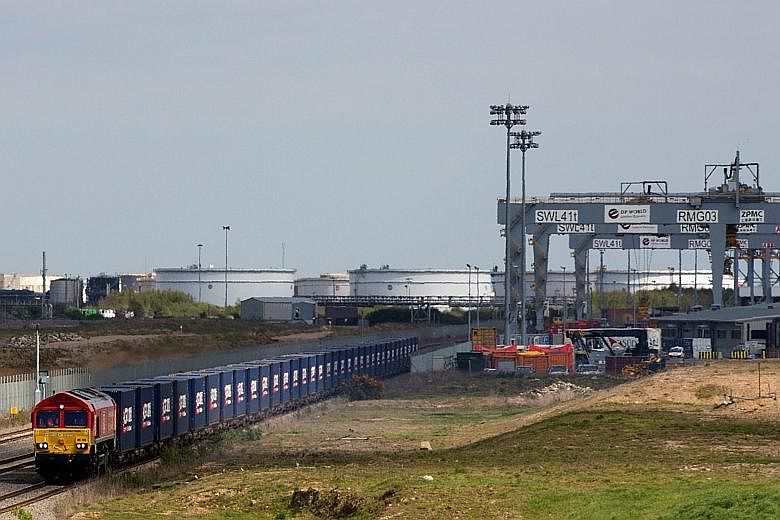When China released its first Arctic policy White Paper last week, what caught the media's attention was the link to its ambitious Belt and Road Initiative (BRI) through a Polar Silk Road.
Some called it an extension of the BRI, a plan to build roads, railways, ports and industrial parks linking China to Europe and Africa via land and sea routes that involve more than 60 countries. Another paper published last June by the Chinese government, the Vision For Maritime Cooperation Under The Belt And Road Initiative, had incorporated the development of an Arctic shipping route into the BRI.
China's Arctic policy comes at a time when global warming and ice melt in the polar region make it possible to exploit its resources and sail through its seas during the summer months.
The Polar Silk Road is an important component of the policy - second to only oil and gas development in the Arctic according to some Chinese analysts - for various reasons. For one thing, it would take nine to 10 days off the travel time between China and Europe via the current route through the South China Sea, Indian Ocean and Suez Canal.
The Polar Silk Road - via the Northern Sea Route that links East Asia to Europe via the Russian coastline - runs through a politically stable area. It is more secure than the traditional route which is prone to piracy and dominated by China's rivals, the United States and India.
However, there are challenges. The route can be used only in the summer months and the area is harsh and remote, requiring expertise and technology the Chinese may not be fully equipped with. The Northern Sea Route is considered by Russia to be its internal waters, so any ship sailing through it will be under Russian jurisdiction.
Importantly, the Polar Silk Road proposal, with its link to the BRI, may not be well received by the Arctic states, as acceptance of it would mean symbolically giving China the leading role, some analysts say.


